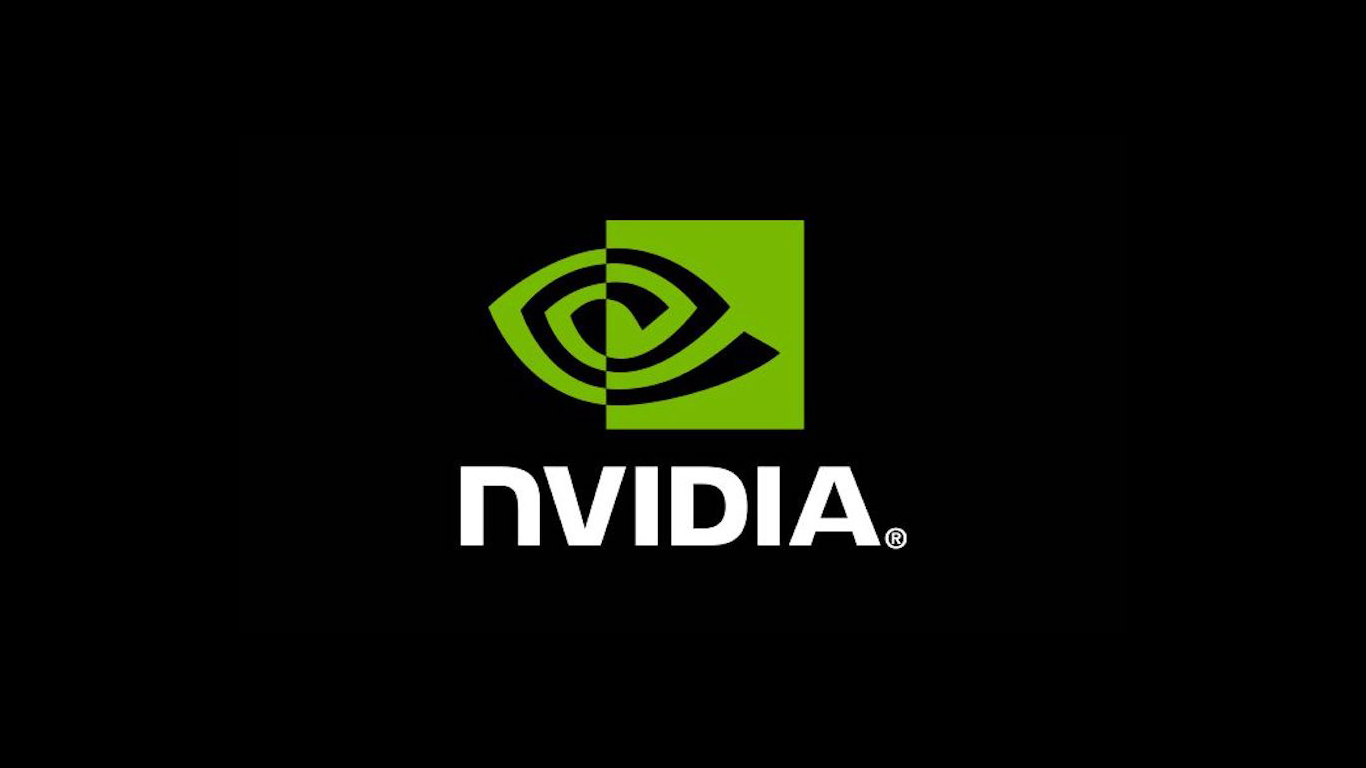Investing
1 Stock-Split AI Stock to Buy Before It Soars 500%, According to a Wall Street Expert

Published:

Over the past two years, Nvidia (NASDAQ:NVDA) has been the most influential stock in the market. I don’t think that’s a controversial statement.
The high-performance chip maker’s share price has absolutely skyrocketed in recent years, with a move of more than 860% seen over the past two years (with consecutive years in which the stock more than doubled driving this performance).
Of course, this has meant that investors who sold out of their Nvidia positions near the 2022 bottom have missed out on some rather impressive gains, and likely underperformed the market. Given that Nvidia is now among the most highly-weighted stocks in most indices, eschewing this company in favor of other companies with more reasonable valuations has been a move investors have regretted.
Now, some analysts are suggesting that Nvidia could have as much as 500% upside from current levels (by 2030), which could mean that more double-ups are on the horizon for investors. If that’s the case, and Nvidia does what it’s done in the past (and split its stock when it becomes increasingly expensive for retail investors), it stands to reason that a stock split could be in this company’s future.
Let’s dive into what may lead to such price appreciation and the potential for another split in the years ahead.

Philip Panaro is the founder and former CEO of Boston Consulting Group who clearly remains very bullish on Nvidia’s long-term potential. In a rather intriguing note, Panaro outlined a highly optimistic outlook for the chip maker, and why Nvidia stock could soar to $800 per share by 2030.
Now, it’s worth noting that this increase amounts to almost exactly 500% upside from current levels, so it’s a very bullish call. The current short-term consensus price target for Nvidia implies upside of a little more than 33%. That would be a great return over the next year, but medium-term upside of 500% implies multiple years of returns in this range (or higher).
Panaro’s view is that Nvidia should see growth acceleration tied to the ongoing AI revolution and the transition from Web2 to Web3 technologies. He believes that Nvidia is well-positioned to capitalize on these trends due to its dominant role in the AI accelerator market, where the company holds a significant share of data center GPUs. While AI adoption is still in its early stages, Panaro believes that greater market penetration and continued spending from both corporations and governments on this technology should boost Nvidia stock over the long-term.
His view is that Nvidia’s revenue could potentially increase ten-fold over the course of this decade, with multiple expansion leading to the 5x return investors could see. Again, this is among the most bullish calls on Nvidia I’ve seen, but it’s one that pencils out, at least on a “back of the napkin” sort of way.

Nvidia reached $2 trillion in value last year, driven by AI demand, with shares surging 178%, the third-best in the S&P 500. Wall Street remains bullish, raising price targets as analysts like Wedbush predict AI’s continued dominance, calling it the biggest tech shift in decades.
Just like Panaro, Wedbush is also optimistic for Nvidia. In fact, the ultra-bullish tech analyst ranked Nvidia as the top AI tech winner for 2025, forecasting $2 trillion in AI spending over three years. Analysts broadly continue to highlight Nvidia’s dominance in AI chips as the key factor that should drive price appreciation over time. I tend to agree. But the question is just how much of the future market Nvidia will be able to hold onto given increased competition in this space, and if more efficient models (ahem, DeepSeek) could derail this thesis.
For now, analysts at Morgan Stanley are projecting Blackwell’s 2025 launch to overshadow concerns about Nvidia’s chip demand and competition. Analysts noted transitional pressures but expect Blackwell’s success to dominate discussions by late 2025. Maintaining an “overweight” rating, these analysts set a $166 price target, suggesting 21% upside.
Citi analysts predicted a potential Nvidia stock boost in January following CEO Jensen Huang’s keynote at CES. The event, running January 7-10, is expected to heighten Blackwell sales expectations. Citi reiterated a “Buy” rating with a $175 target, implying 27% upside.

Nvidia’s leadership in GPUs positions it to capitalize on rising AI infrastructure demand, with future models requiring up to 1 million GPUs for training. The company’s CUDA software (the standard for programming GPUs) remains a key advantage, bolstered by AI-specific tools and libraries. This solidifies Nvidia’s dominance as AI models increasingly demand massive computational power.
With the company’s dominance in AI chips and over 80% market share, this positions it as a key player in the sector. Microsoft’s plan to invest $80 billion in AI data centers in 2025, up 51% from 2024, highlights strong demand. Indeed, Nvidia’s GPUs are likely to remain critical for advanced AI, and will benefit significantly from this spending surge.
In my view, until something changes on the narrative front, Nvidia remains a very strong buy – can’t disagree with analysts right now.
Thank you for reading! Have some feedback for us?
Contact the 24/7 Wall St. editorial team.